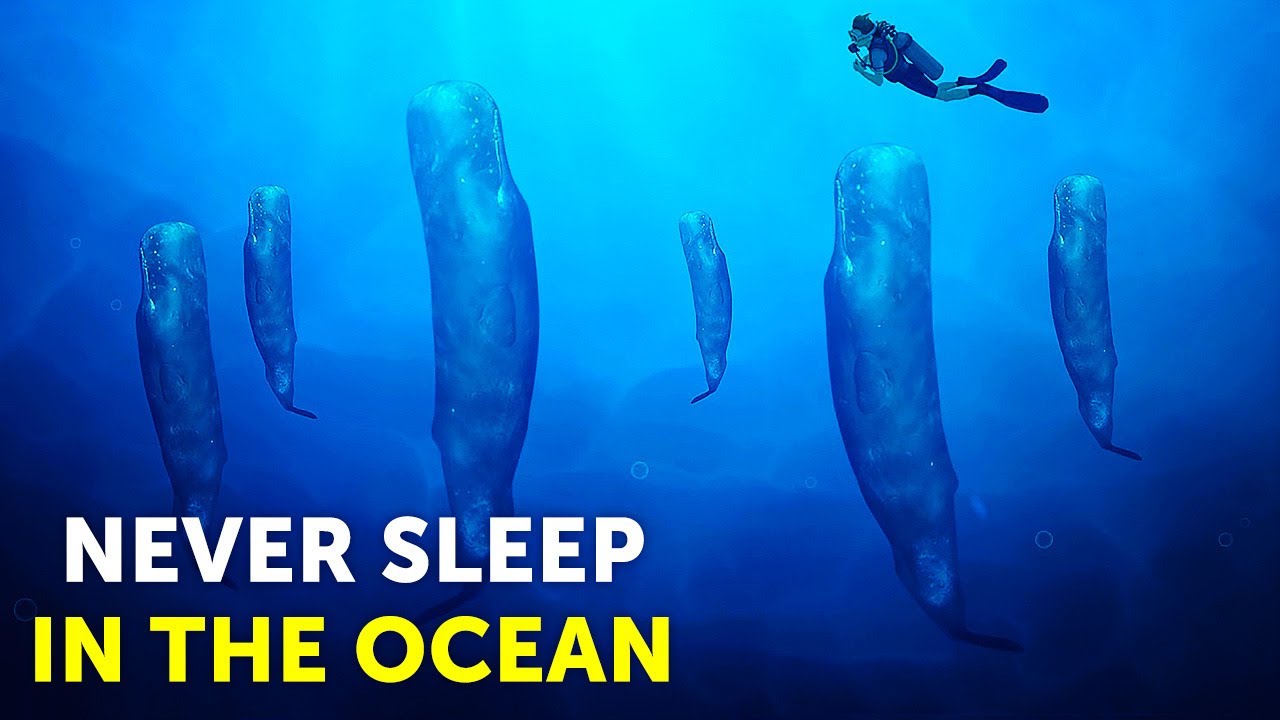Summary:
1. Ocean creatures have unique sleep patterns due to the challenges of their environment.
2. Whales sleep for short periods of time without moving or breathing.
3. Some ocean animals have different sleep patterns, like sleeping with one eye open or floating in water.
4. Sleep is essential for the survival and well-being of ocean creatures.
5. Studying ocean animals’ sleep patterns can provide valuable insights into their biology and behavior.
The ocean depth is a realm of wonder that holds many secrets and mysteries, and one of the most fascinating aspects of this underwater world is how ocean creatures sleep. Unlike land animals that can find cozy places to rest, ocean animals face unique challenges when it comes to getting their much-needed shut-eye. In this article, we’ll explore the intriguing sleep patterns of ocean creatures and uncover the secrets of their slumber.
When it comes to ocean dwellers, whales are some of the most majestic and enigmatic creatures. These mammals have a sleep routine that baffles scientists and captivates marine enthusiasts alike. Studying the sleep patterns of whales has revealed that they only sleep for approximately 10-15 minutes a day. During this time, they remain motionless and even stop breathing. This behavior is known as “logging,” and it allows whales to conserve energy while still maintaining a level of awareness of their surroundings.
Imagine being suspended in the ocean depths, 10-15 minutes of sleep being your only reprieve from the constant movement and vastness of the underwater world. It may seem like an insufficient amount of rest, but for whales, it is enough to keep them going. Interestingly, the way whales sleep differs depending on their species. Some whales sleep with one eye open, allowing them to maintain a sense of vigilance and protect themselves from potential threats. This adaptation serves as a survival mechanism in the unforgiving ocean environment.
But whales aren’t the only ocean creatures with unconventional sleep patterns. Many marine animals have developed unique ways of catching some Z’s under the sea. For example, some fish and sharks have the ability to sleep while still swimming. This allows them to rest while staying mobile, ready to react if a predator or prey comes their way. It’s a fascinating adaptation that showcases the ingenuity of these oceanic beings.
Another intriguing sleep behavior can be observed in certain types of fish, such as parrotfish and wrasses. These fish construct a protective mucus cocoon around themselves and sleep within it. This cocoon helps shield them from predators and creates a safe and peaceful environment for them to recharge. It’s almost like having a personal sleeping bag in the ocean!
The ocean is a vast and ever-changing world, and each animal has its unique way of adapting to its surroundings. From the smallest plankton to the largest mammals, sleep is vital for their survival and well-being. Just like land animals, ocean creatures rely on sleep to restore energy, support brain function, and regulate bodily processes.
Studying the sleep patterns of ocean animals is not only fascinating but also essential for understanding their biology and behavior. By observing how these creatures rest, scientists can gain valuable insights into their physiological adaptations and any potential threats they face. It is through this research that we can further our efforts to protect and conserve the delicate ecosystems of the oceans.
So, the next time you find yourself mesmerized by a whale gracefully gliding through the water or a school of vibrant fish dancing beneath the waves, take a moment to appreciate the unique sleep patterns that allow these creatures to thrive in their watery home. The ocean is a realm of wonder, and even in their slumber, its inhabitants continue to amaze us with their resilience and adaptability.
Our understanding of the ocean is constantly evolving, thanks to the relentless efforts of scientists, researchers, and marine enthusiasts. By unraveling the mysteries of ocean creature sleep, we inch closer to unlocking the secrets of this extraordinary environment. So dive in, explore, and let the ocean’s delicate whispers guide you on a journey of discovery and wonder. The ocean is calling, and the creatures within are waiting to share their stories. Will you answer?
*****
Source Description
The ocean depth is something you and me can’t observe on a daily basis, even though it has so many curious things! For example, how do ocean animals sleep? They don’t have comfy places to sleep on, do they? By observing the whales, scientists discovered that these mammals only sleep for about 10-15 minutes a day. And they don’t move or breathe at that time…
Animation is created by Bright Side.
—————————————————————————————-
Music by Epidemic Sound https://www.epidemicsound.com/
Check our Bright Side podcast on Spotify and leave a positive review! https://open.spotify.com/show/0hUkPxD34jRLrMrJux4VxV
Subscribe to Bright Side : https://goo.gl/rQTJZz
—————————————————————————————-
Our Social Media:
Facebook: https://www.facebook.com/brightside/
Instagram: https://www.instagram.com/brightside.official/
5-Minute Crafts Youtube: https://www.goo.gl/8JVmuC
Stock materials (photos, footages and other):
https://www.depositphotos.com
https://www.shutterstock.com
https://www.eastnews.ru
—————————————————————————————-
For more videos and articles visit:
http://www.brightside.me/
Our App http://bit.ly/3a4dTr5

